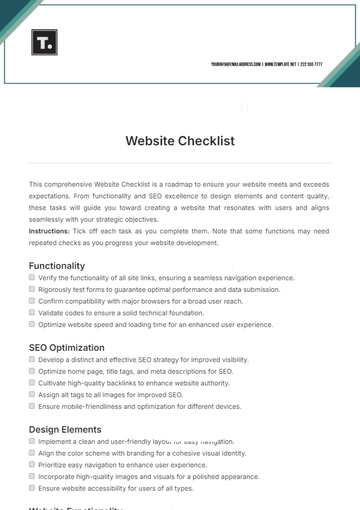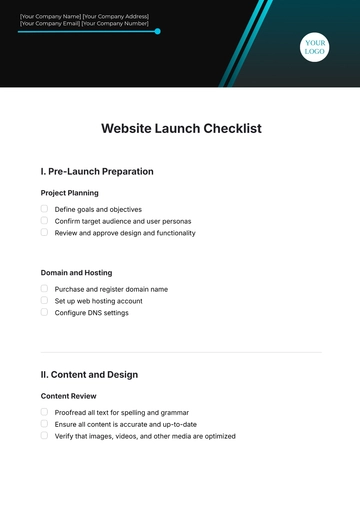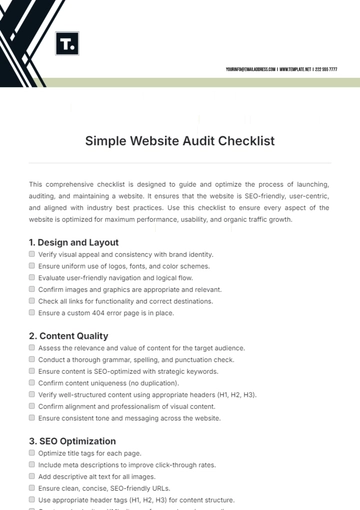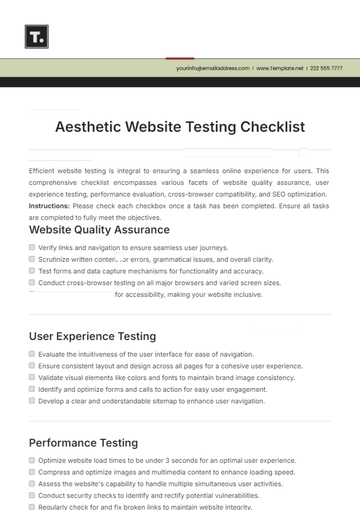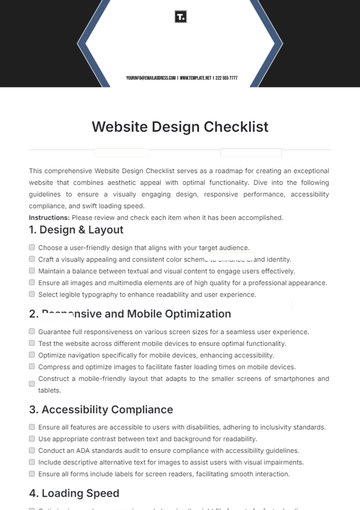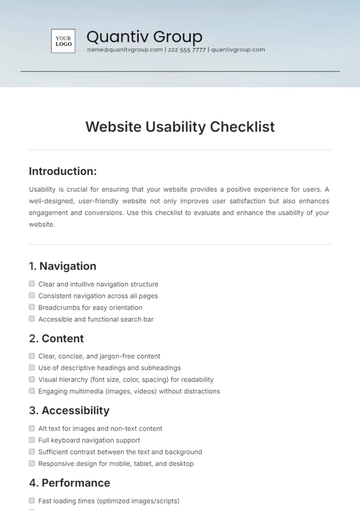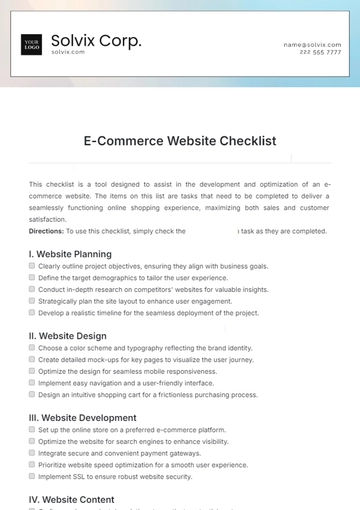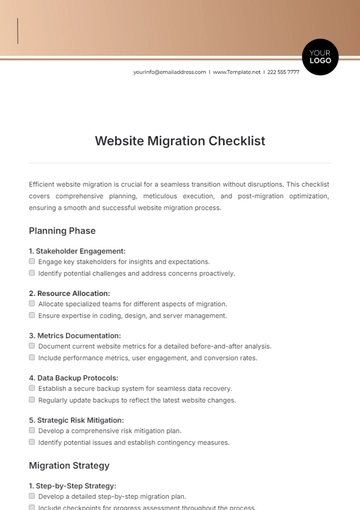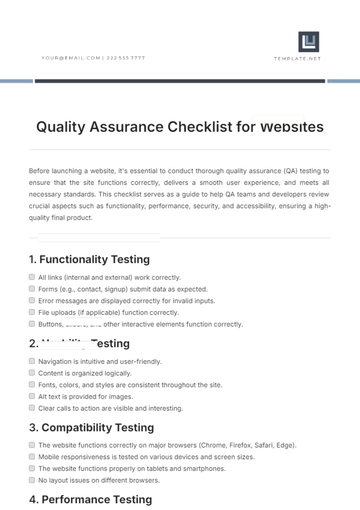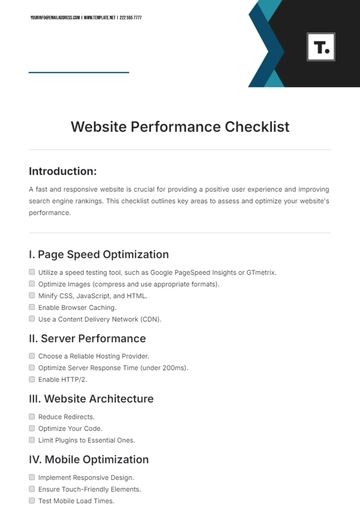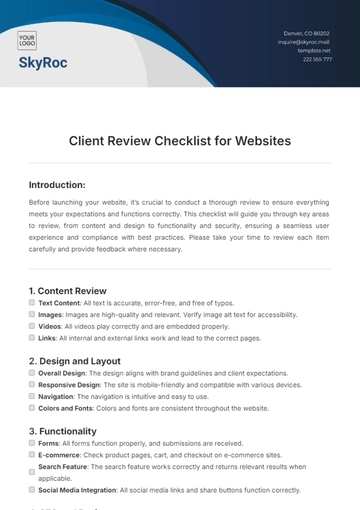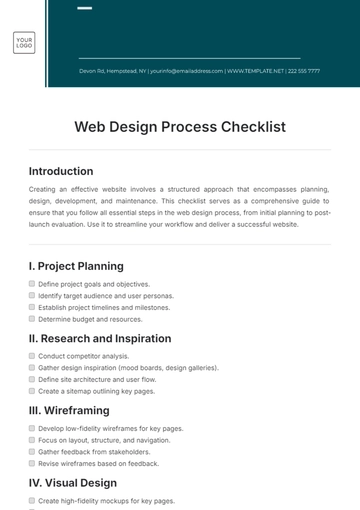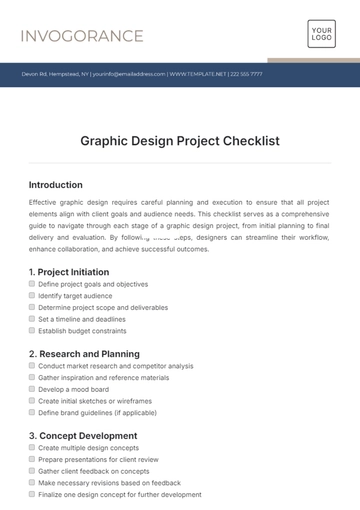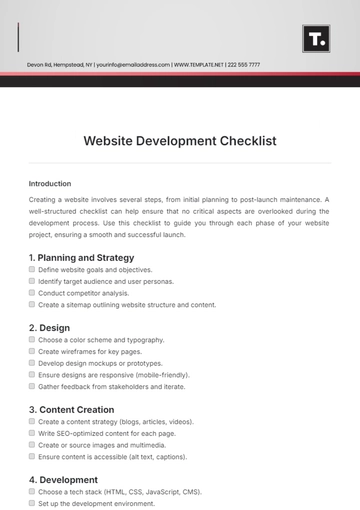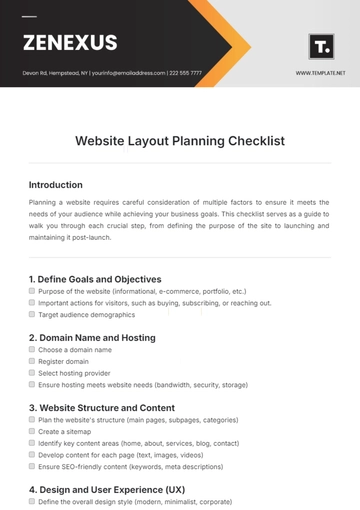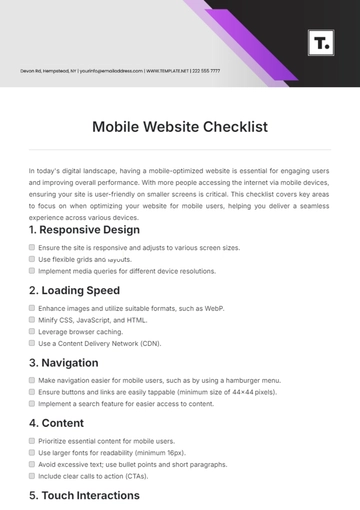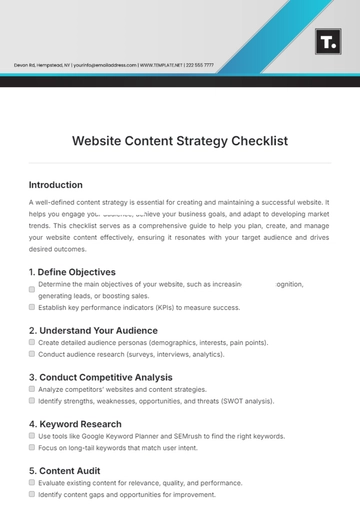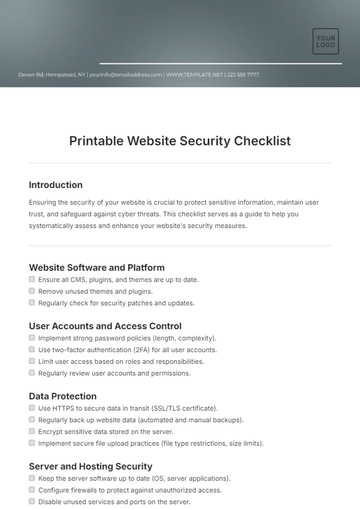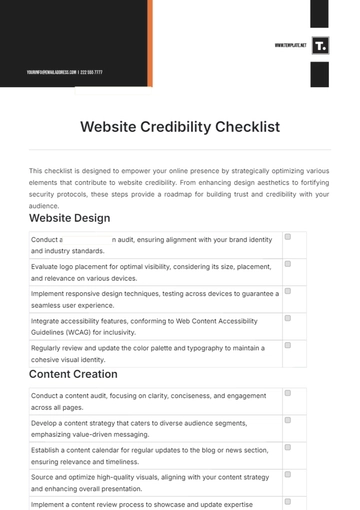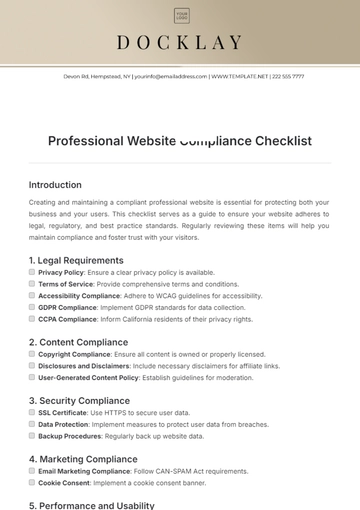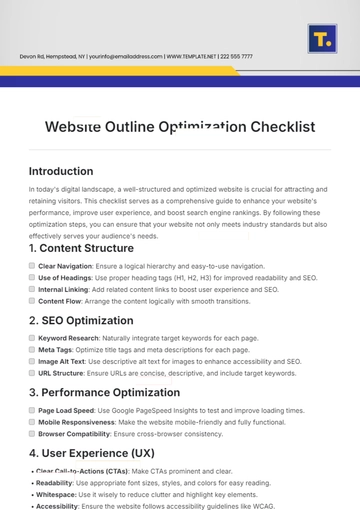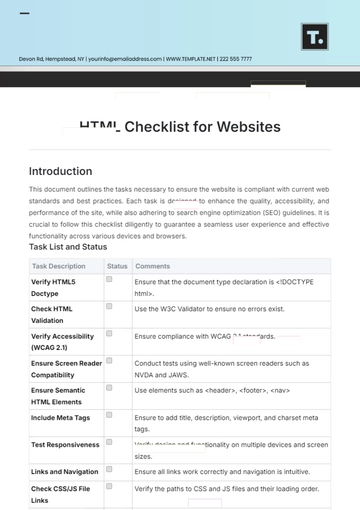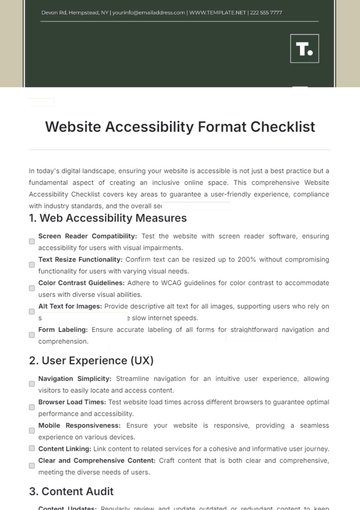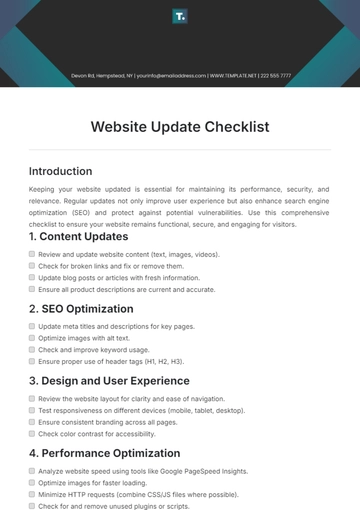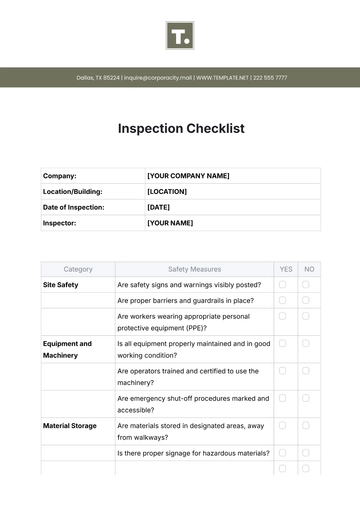Free Vehicle Body Inspection Checklist
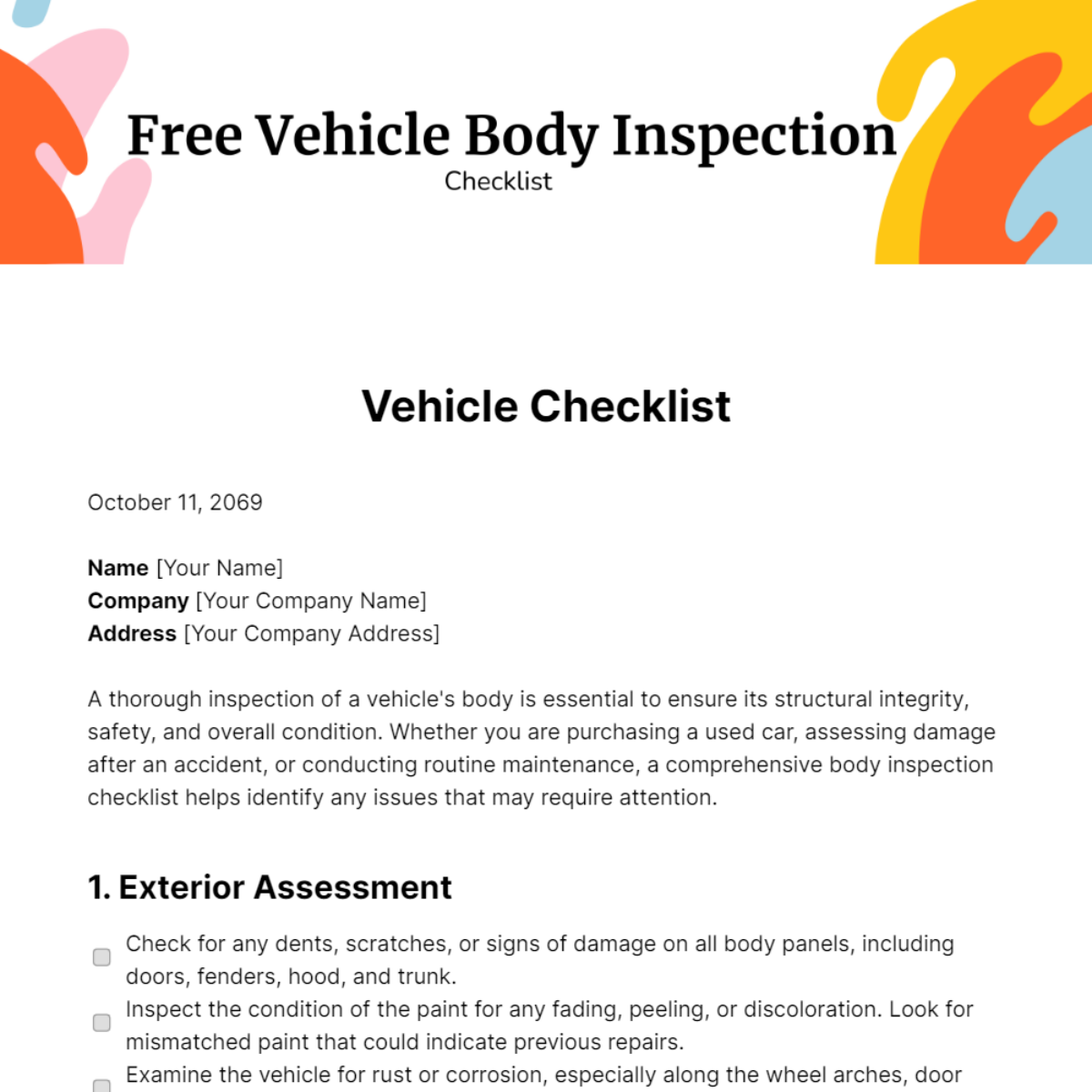
October 11, 2069
Name [Your Name]
Company [Your Company Name]
Address [Your Company Address]
A thorough inspection of a vehicle's body is essential to ensure its structural integrity, safety, and overall condition. Whether you are purchasing a used car, assessing damage after an accident, or conducting routine maintenance, a comprehensive body inspection checklist helps identify any issues that may require attention.
1. Exterior Assessment
Check for any dents, scratches, or signs of damage on all body panels, including doors, fenders, hood, and trunk.
Inspect the condition of the paint for any fading, peeling, or discoloration. Look for mismatched paint that could indicate previous repairs.
Examine the vehicle for rust or corrosion, especially along the wheel arches, door sills, and undercarriage.
Inspect the windshield and other windows for chips, cracks, or any damage that may impair visibility.
Ensure that all exterior lights (headlights, taillights, turn signals) are functioning properly.
2. Undercarriage Inspection
Check for any signs of rust, corrosion, or damage on the undercarriage of the vehicle.
Inspect the frame and chassis for any cracks, bends, or signs of structural damage.
Look for leaks from the exhaust system, fuel lines, or brake lines.
3. Wheel and Tire Examination
Inspect the condition of the tires for adequate tread depth and even wear. Look for signs of uneven wear patterns, which could indicate alignment or suspension issues.
Check the condition of the wheels for any bends, cracks, or damage.
Ensure that all wheel lug nuts are present and properly tightened.
4. Interior Inspection
Check the condition of the seats, including any tears, stains, or excessive wear.
Inspect the dashboard and interior trim for any cracks, fading, or damage.
Test all interior components, including the air conditioning, heating, radio, and power windows.
5. Fluid Leaks and Corrosion
Check for any signs of fluid leaks under the vehicle, including oil, coolant, transmission fluid, or brake fluid.
Inspect areas prone to corrosion, such as around the battery, brake lines, and suspension components.
6. Document Inspection
Review the vehicle's history report for any reported accidents, damage, or title issues.
Verify that the vehicle identification number (VIN) matches the documentation and has not been tampered with.
Checklist Templates @ Template.net
- 100% Customizable, free editor
- Access 1 Million+ Templates, photo’s & graphics
- Download or share as a template
- Click and replace photos, graphics, text, backgrounds
- Resize, crop, AI write & more
- Access advanced editor
Ensure your vehicle's integrity with Template.net's Vehicle Body Inspection Checklist Template. This editable, customizable checklist focuses on assessing the exterior condition of any vehicle. Utilize our Ai Editor Tool to tailor the inspection points, addressing everything from paintwork to structural anomalies. Ideal for pre-purchase reviews or routine maintenance, keep your vehicle flawless and safe with our comprehensive guide.
You may also like
- Cleaning Checklist
- Daily Checklist
- Travel Checklist
- Self Care Checklist
- Risk Assessment Checklist
- Onboarding Checklist
- Quality Checklist
- Compliance Checklist
- Audit Checklist
- Registry Checklist
- HR Checklist
- Restaurant Checklist
- Checklist Layout
- Creative Checklist
- Sales Checklist
- Construction Checklist
- Task Checklist
- Professional Checklist
- Hotel Checklist
- Employee Checklist
- Moving Checklist
- Marketing Checklist
- Accounting Checklist
- Camping Checklist
- Packing Checklist
- Real Estate Checklist
- Cleaning Checklist Service
- New Employee Checklist
- Food Checklist
- Home Inspection Checklist
- Advertising Checklist
- Event Checklist
- SEO Checklist
- Assessment Checklist
- Inspection Checklist
- Baby Registry Checklist
- Induction Checklist
- Employee Training Checklist
- Medical Checklist
- Safety Checklist
- Site Checklist
- Job Checklist
- Service Checklist
- Nanny Checklist
- Building Checklist
- Work Checklist
- Office Checklist
- Training Checklist
- Website Checklist
- IT and Software Checklist
- Performance Checklist
- Project Checklist
- Startup Checklist
- Education Checklist
- Home Checklist
- School Checklist
- Maintenance Checklist
- Planning Checklist
- Manager Checklist
- Wedding Checklist
- Vehicle Checklist
- Travel Agency Checklist
- Vehicle Inspection Checklist
- Interior Design Checklist
- Backpacking Checklist
- Business Checklist
- Legal Checklist
- Nursing Home Checklist
- Weekly Checklist
- Recruitment Checklist
- Salon Checklist
- Baby Checklist
- Equipment Checklist
- Trade Show Checklist
- Party Checklist
- Hospital Bag Checklist
- Evaluation Checklist
- Agency Checklist
- First Apartment Checklist
- Hiring Checklist
- Opening Checklist
- Small Business Checklist
- Rental Checklist
- College Dorm Checklist
- New Puppy Checklist
- University Checklist
- Building Maintenance Checklist
- Work From Home Checklist
- Student Checklist
- Application Checklist
